Aquaculture has grown into a vital industry, supplying the global demand for seafood while alleviating pressure on wild fish populations. However, as this industry expands, so do concerns about sustainability. One promising solution to these challenges is the implementation of fish tagging systems, which offer a more scientific approach to managing fish stocks and improving aquaculture practices.
The Role of Fish Tagging System in Aquaculture
Fish tagging involves attaching physical tags or inserting electronic devices into fish to monitor their behavior, growth, migration patterns, and overall health. These fish tagging systems play an essential role in understanding the dynamics of both farmed and wild fish populations, allowing for better management of resources. By collecting data on fish movements, feeding habits, and growth rates, aquaculturists can make informed decisions that promote more efficient and sustainable farming practices.
Tagging systems are often used to track fish over long periods, providing valuable insights into their life cycle and how they interact with their environment. For example, radio frequency identification (RFID) tags are used to monitor individual fish in closed systems, helping farmers optimize feeding schedules and monitor for disease outbreaks. This data not only ensures that fish are grown in the best conditions but also minimizes waste and reduces environmental impacts like nutrient pollution in surrounding waters.
Promoting Sustainability through Data-Driven Aquaculture
Fish tagging systems provide a technological edge to aquaculture operations, promoting sustainability in several ways:
- Improved Resource Management: By tracking fish populations and their growth, tagging systems allow farmers to monitor stock densities, ensuring that fish are raised in optimal conditions. Overcrowding can be avoided, which reduces stress on fish and minimizes the spread of disease.
- Disease Control and Prevention: Early detection of disease is crucial in aquaculture. With fish tagging, farmers can track behavioral changes such as decreased feeding or abnormal movements, which are early signs of health issues. This reduces the need for antibiotics and other interventions, making the farming process more eco-friendly.
- Selective Breeding: Tagging systems help farmers identify which fish grow fastest, are the most disease-resistant, or exhibit the most desirable traits. By using this data, farms can engage in selective breeding programs that enhance stock quality without harming the genetic diversity of fish populations.
- Compliance with Environmental Regulations: In many regions, aquaculture is closely regulated to minimize its impact on natural ecosystems. The fish tagging system provides detailed records of farm operations, enabling farmers to demonstrate compliance with sustainability standards and environmental laws.
Challenges and Future Innovations
Despite the benefits, fish tagging systems face some challenges. Tagging and tracking fish can be expensive, particularly for smaller farms. There are also concerns about the welfare of the fish during tagging procedures, though advancements in technology are minimizing these impacts. Innovations such as passive integrated transponders (PIT) and satellite tags are becoming more affordable and accessible, making it easier for aquaculture farms of all sizes to adopt these sustainable practices.
Additionally, new technologies are on the horizon that may revolutionize fish tagging. For instance, the development of biosensors that can monitor fish health in real-time or tags that transmit environmental data, such as water temperature and oxygen levels, are paving the way for even more sophisticated aquaculture management.
The Bottom Line
Fish tagging systems represent a critical advancement in the pursuit of sustainable aquaculture. By providing real-time data on fish behavior, growth, and health, these systems empower farmers to make better decisions, reduce environmental impact, and enhance the overall sustainability of fish farming practices. As technology continues to improve, fish tagging will play an increasingly central role in the future of aquaculture, ensuring that this growing industry can meet global seafood demand in an environmentally responsible way.







Add comment